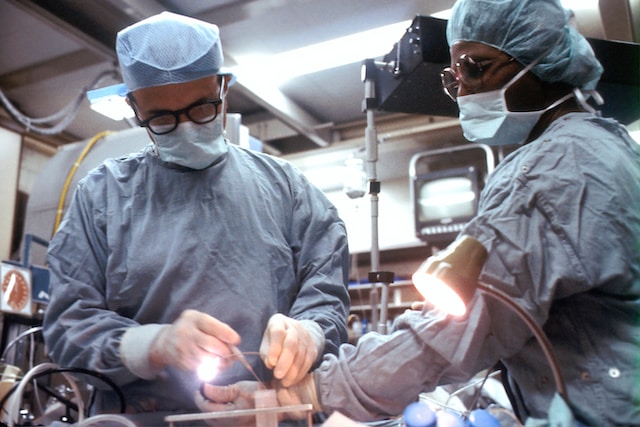Bunions, those bony bumps that form at the base of the big toe, can be a source of discomfort and pain for many individuals. It is a common belief that wearing ill-fitting shoes is the leading cause of bunions. However, recent research suggests that the relationship between footwear and bunions may not be as straightforward as it seems.
Traditionally, it has been widely accepted that tight, narrow, or high-heeled shoes can contribute to the development of bunions. The theory goes that the pressure exerted on the toes and the squeezing of the foot into narrow shoe boxes over an extended period can force the big toe joint out of alignment, leading to the formation of a bunion.
Yet, medical experts now caution against solely blaming footwear as the primary culprit behind bunions. While it is true that certain shoes can exacerbate the condition, the underlying causes are often more complex and multifactorial.
One study published in the Journal of Foot and Ankle Research conducted by Dr. Sarah Stevens, a renowned podiatrist, challenged the notion that shoes alone are to blame for bunions. Dr. Stevens’ research followed a group of individuals with bunions and a control group without bunions. Surprisingly, the study found no significant correlation between the type of shoes worn and the occurrence of bunions. It concluded that other factors, such as genetics, foot structure, and certain medical conditions, may play a more significant role in bunion development.
To gain further insight, I spoke with Dr. Lisa Thompson, a podiatrist with over 20 years of experience. According to Dr. Thompson, “While shoes can contribute to the progression of bunions in some cases, they are rarely the sole cause. The condition tends to run in families, indicating a strong genetic component. People with certain foot types, such as flat feet or excessively flexible feet, are also more prone to developing bunions.”
Dr. Thompson emphasized that individuals should not be quick to blame their favorite pair of stilettos or pointy-toed shoes for their bunions. She added, “It’s essential to consider other factors such as foot mechanics, foot posture, and the way a person walks or runs. These factors can put excessive stress on the big toe joint, making it more susceptible to developing a bunion.”
While the shoe-bunion connection may not be as straightforward as previously believed, it is crucial to choose footwear wisely to prevent further discomfort or worsening of the condition. Dr. Thompson recommends selecting shoes with a wider toe box, providing ample room for the toes to move freely. Additionally, avoiding high heels and opting for shoes with lower heel heights and good arch support can help alleviate pressure on the forefoot.
In conclusion, while shoes can contribute to the progression of bunions in some cases, recent research challenges the notion that footwear is the sole cause of this common foot condition. A combination of genetic predisposition, foot structure, and other factors may play a more significant role. When it comes to preventing and managing bunions, it is important to consider a holistic approach that encompasses proper footwear, foot mechanics, and individual risk factors.
As we continue to unravel the complexities surrounding bunions, it is essential for researchers, podiatrists, and individuals affected by the condition to collaborate and explore new avenues of understanding. By doing so, we can pave the way for more effective prevention and treatment strategies, ultimately improving the lives of those affected by bunions.









